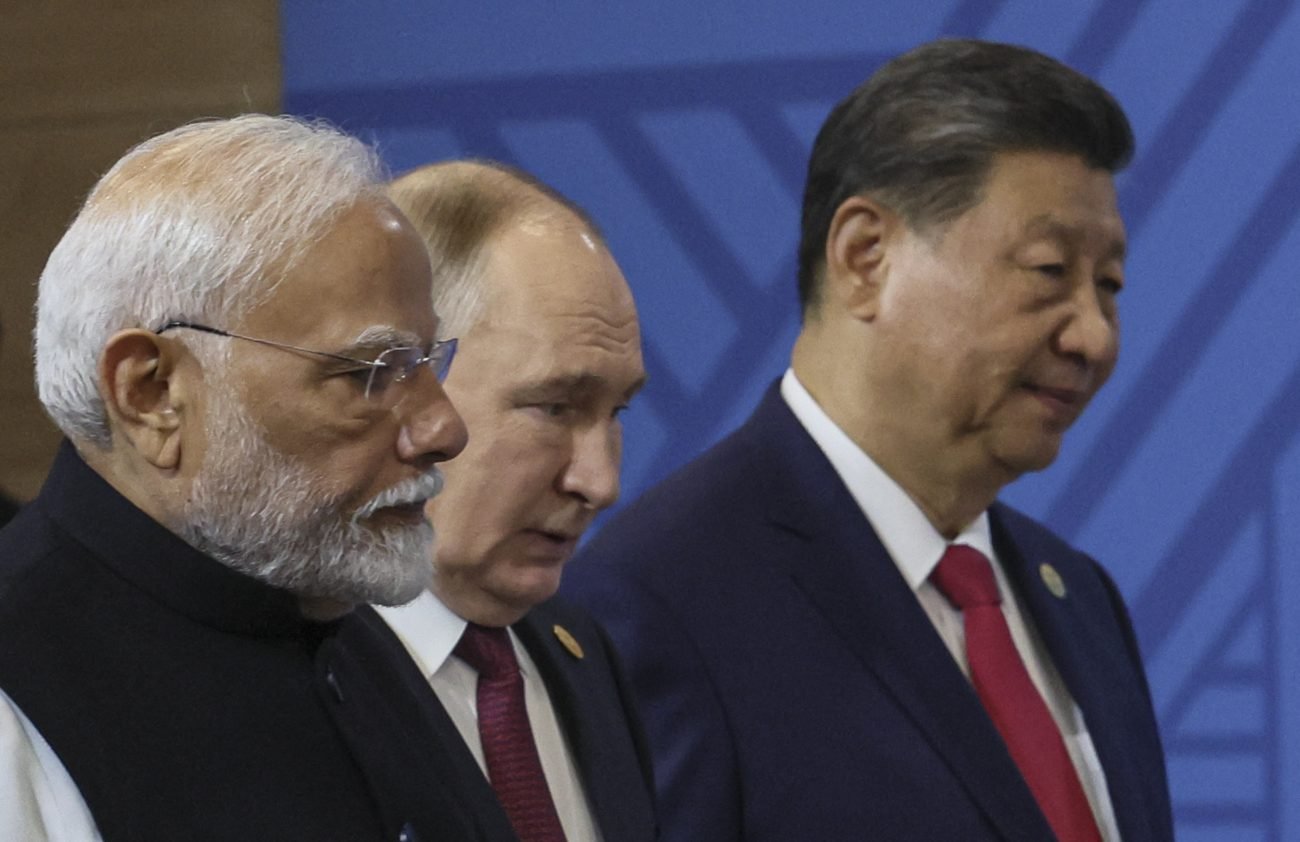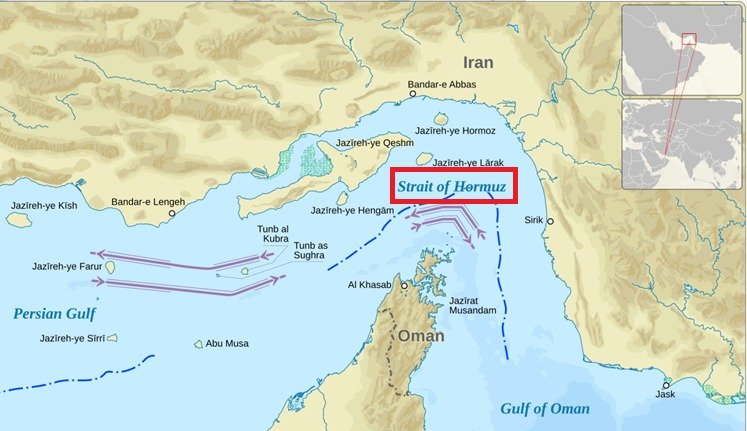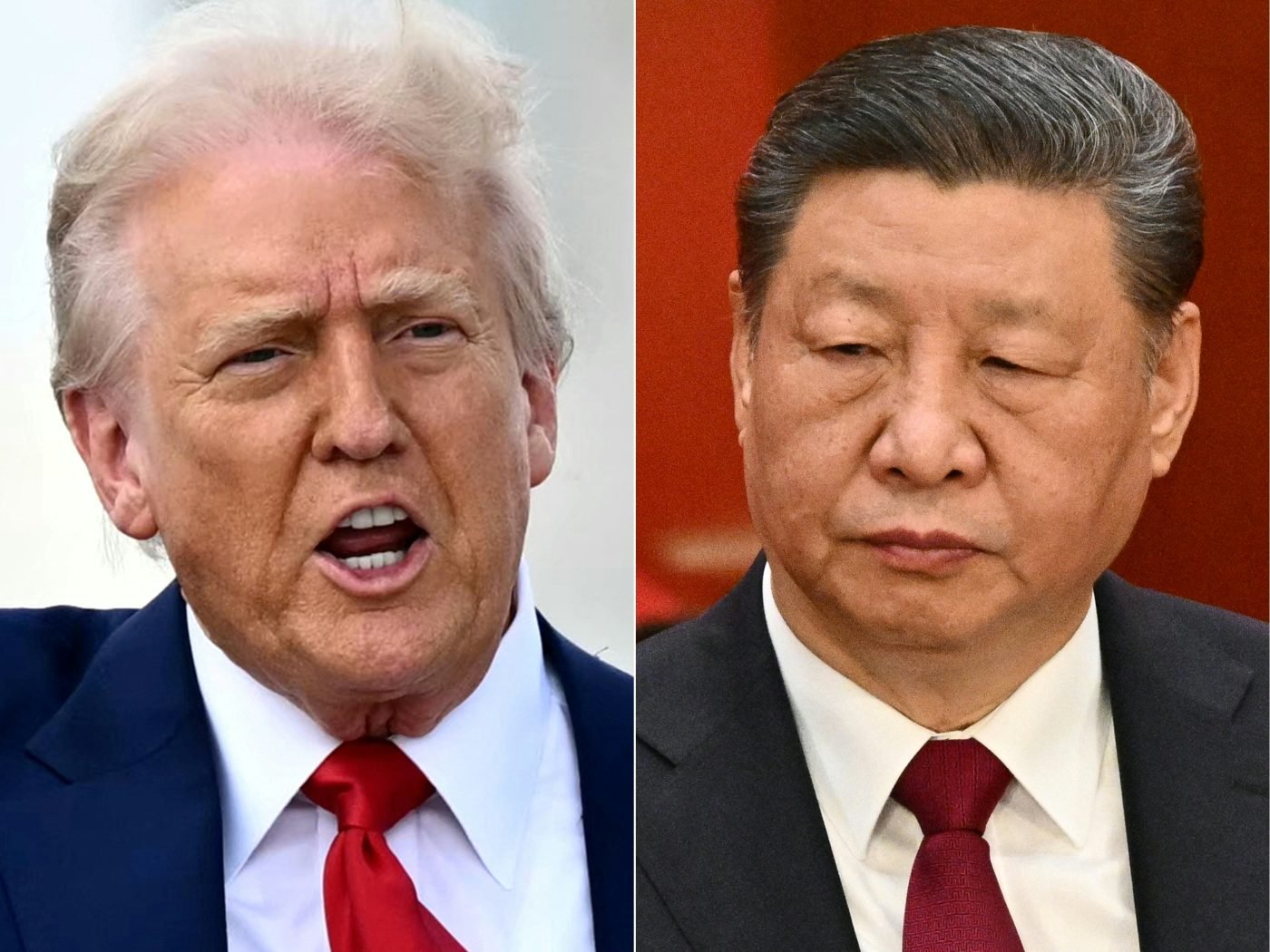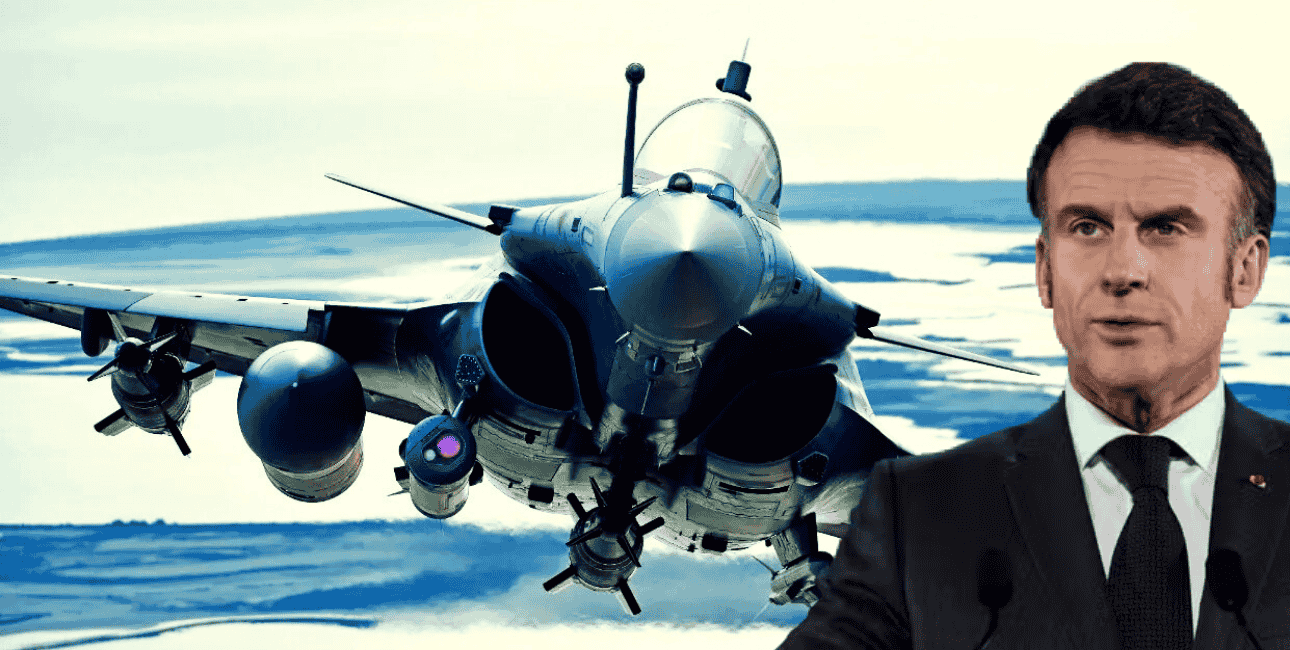For decades, AEW&CS aircraft have been a cornerstone of air operations, offering unmatched situational awareness and coordination. However, with the United States and Russia reportedly chopping their AEW&CS programs, has their relevance become questionable?
As the replacement for the decades-old E-3 Sentry AWACS aircraft, the US Air Force (USAF) decided to purchase the E-7 Airborne Early Warning and Control System (AEW&CS) to serve as the new battle management platform, offering airborne moving target indication (AMTI). However, its future has now become uncertain.
Earlier this month, an Air and Space Forces report stated that the USAF’s plan to acquire 26 Boeing E-7 Wedgetail aircraft is under review and faces potential cuts as part of the fiscal 2026 budget process under the current Trump administration.
Citing informed sources, the report claimed that those who advocate for slashing the planned purchase argue that space-based assets could accomplish the same job.
Before this, the UK reduced its order of E-7 Wedgetail aircraft from five to three as a cost-saving measure. The decision to cancel the purchase was made despite the Royal Air Force (RAF) E-3D Sentry fleet being retired in 2021, leaving the UK without a dedicated, crewed, fixed-wing airborne early warning aircraft.

Similarly, reports surfaced recently that Russia’s A-100 AEW&CS development program had been canceled. The A-100 was anticipated to replace the A-50, which is currently in service with the Russian Aerospace Forces (VKS). However, with no recent update on the aircraft, there is growing concern that the program may have been effectively canceled or put on hold indefinitely.
The cancellation of A-100 has been widely discussed on social media. The prevailing narrative attributes the cancellation to Western sanctions, which allegedly hindered Russia’s ability to procure components for the advanced system.
However, some experts believe that a potential cancellation might have been decided upon due to combat losses of A-50, and the feasibility of cheaper, more flexible alternatives to traditional AWACS platforms.
Russia has lost two A-50 in the grinding Ukraine War, in January and February 2024, respectively. They may have lost another during Ukraine’s stunning drone attack on Russian military bases on 1st June.
While AEW&CS platforms are equipped with defensive countermeasures, the recent losses indicate that these systems do not guarantee survivability.
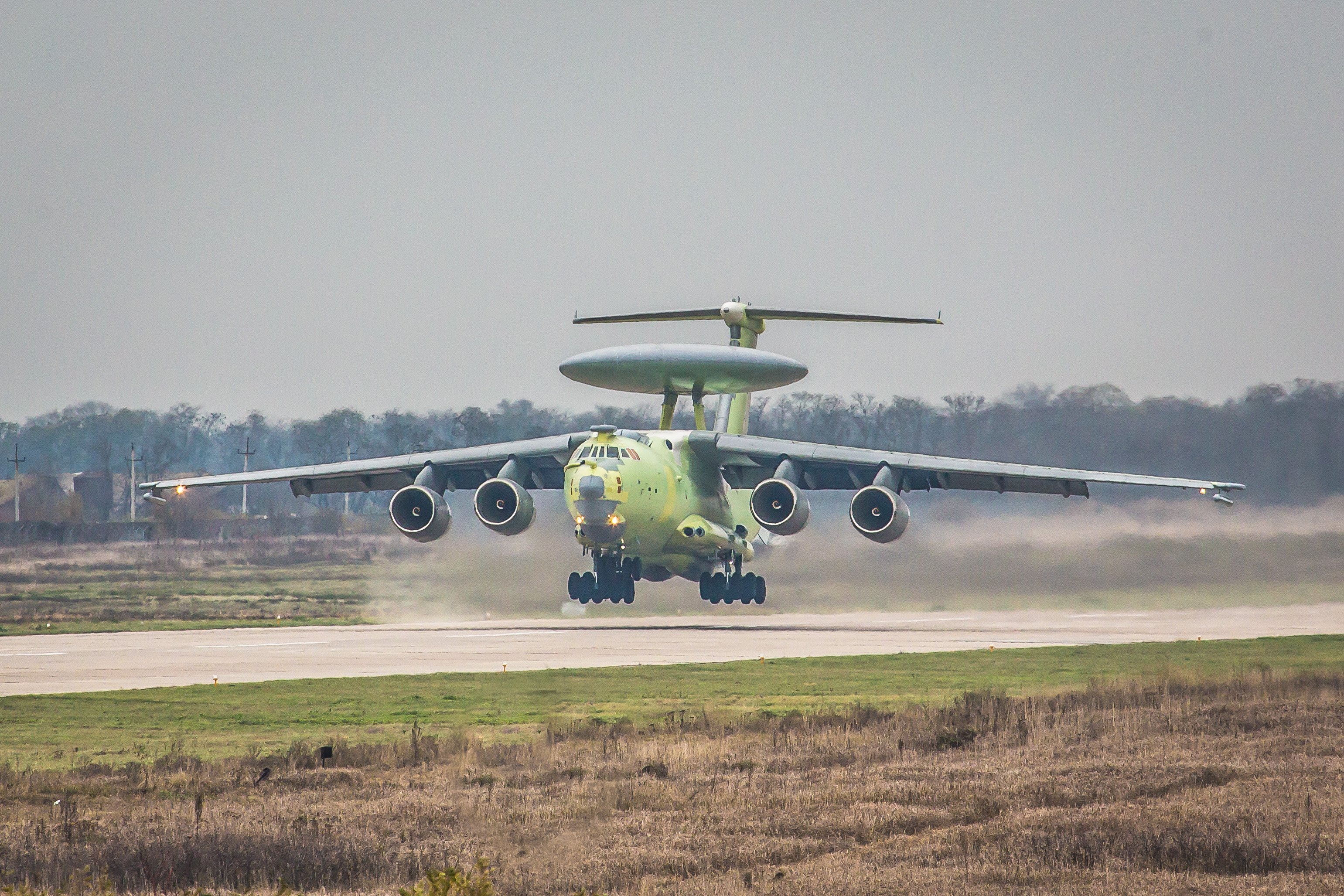
This was also observed in the latest India-Pakistan conflict, where an Indian S-400 air defense system reportedly downed a Pakistan Air Force’s Saab Erieye-2000 flying radar. Pakistan lost another Saab Erieye-2000 in an Indian missile strike on Pakistan’s Bholari Air Base, as confirmed by PAF’s ex-Air Marshal.
Indian Air Force veteran and popular military expert, Squadron Leader Vijainder K. Thakur, says, “The increasing cost, complexity, and vulnerability of traditional AEW&CS systems raise serious questions about their long-term viability.”
Thakur attributed the vulnerability of AEW&CS aircraft to modern air defense missiles as a factor that potentially contributes to their progressive redundancy.
“An airborne radar with a 300 km surveillance range is highly advantageous if enemy missile systems have a 60–70 km reach. However, that advantage erodes—and the risk to the platform increases significantly—when missile ranges exceed 150 km, especially if their launchers are mobile and untrackable. While AEW&CS platforms are equipped with defensive countermeasures, the recent losses indicate that these systems do not guarantee survivability,” he explained in a recent article for the EurAsian Times. He emphasised that this threat will only grow as air defense missile ranges continue to increase.
Thakur said that Russia’s transition to a different aerial warning and control architecture, where high-endurance fighter aircraft outfitted with long-range radars and missiles serve as dispersed nodes of an AEW&CS network, is arguably the strongest argument for scrapping the A-100 program.
AEW&CS Still Relevant In Combat?
Typically, an AEW&CS aircraft is considered crucial as it provides real-time surveillance, command, and control over large areas. Its powerful radars can detect warplanes, missiles, and even drones at long ranges, providing critical situational awareness that ground-based radars may struggle to match.
They coordinate air operations, guide fighters, and integrate data from multiple sources, including satellites, other aircraft, and ground-based sensors, serving as airborne command centers. This role is vital in complex, dynamic battlefields where rapid decision-making holds the key.
AEW&CS enable early warning of incoming threats, including low-flying aircraft or cruise missiles, which are harder to detect from the ground. They essentially extend the range of air defense networks and enhance offensive operations by guiding assets efficiently.
AEW&CS are critical in contested regions where air superiority and early warning may prove to be decisive against a near-peer adversary. For example, NATO has extensively used its AEW&CS fleet for monitoring Russian air activity near Ukraine since the war began more than three years ago.
The utility of an AEW&CS is best explained by the USAF. The service maintains that the E-7 AEW&CS is crucial for all modern-day offensive and defensive missions. Speaking at the House Appropriations subcommittee on defense May 6, Air Force Chief of Staff Gen. David W. Allvin said, “We have to do more than just sense.”
He was explaining why space-based assets, as suggested by some at the Pentagon, cannot replace a cutting-edge AEW&CS aircraft.
“We have to sense, make sense, and act. And right now, the E-7 is the platform that delivers what the E-3 can with greater capability. But I think we just need to ensure that we’re adequately covering all parts of that as we do that migration, before we just go from one domain to another specifically.”
Despite its efforts to develop a future space-based moving-target indication capability, US officials believe that the Space Force will not be able to take on the E-7’s operations anytime soon.
“Space offers a lot of advantages, particularly in a contested environment, but it isn’t necessarily optimized for the full spectrum of operations that your military is going to be asked to do,” said Chief of Space Operations Gen. B. Chance Saltzman during the hearing. “No one system is going to be perfectly optimized to take care of the full spectrum of ops. And so that’s where I think you need a mix of systems.”
While it is true that AEW&CS are large, slow-moving platforms, which makes them vulnerable to long-range missiles, they could be granted enhanced protection with the help of escorts to enhance survivability.
The newer, more advanced AEW&CS systems are being upgraded with advanced sensors and counter-jamming tech to stay effective. Additionally, they could be integrated with Artificial Intelligence (AI) and multi-spectral sensors to track smaller, faster targets, thereby defeating the burgeoning threat posed by drones.
Some experts argue that advanced fighter jets can be equipped with specialized reconnaissance pods on external pylons and other advanced sensors, enabling them to function as airborne surveillance and control platforms. They can provide theater-wide situational awareness through real-time sensor fusion when networked with other advanced fighters, creating a distributed and resilient alternative to traditional airborne early warning systems.

A networked group of fighters can act as a “sensor web,” pooling data to cover large areas, potentially mimicking some AWACS functions like early warning and target tracking.
Although fighter jets, particularly stealth fighters, are less susceptible on their own, it is essential to remember that a networked approach relies on multiple platforms, and the loss of even a handful could significantly reduce the network’s effectiveness.
AEW&CS uses sophisticated multi-spectral sensors and artificial intelligence (AI) to identify low-observable (stealth) aircraft, drones, and hypersonic missiles. Although fighters are getting better at this, their smaller radars and limited sensor suites are less effective against such threats when compared to the’ specialized systems of the AEW&CS.
AEW&CS remain critical for wide-area surveillance and coordinating complex air operations, especially in contested environments. The most likely future model is a hybrid one that combines AEW&CS, drones, satellites, and networked fighters.
So, while governments can cut down on purchases due to fiscal constraints, it might not mean that these AEW&CS are a thing of the past.

